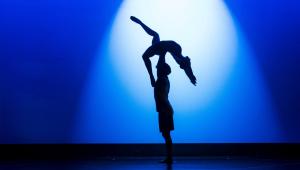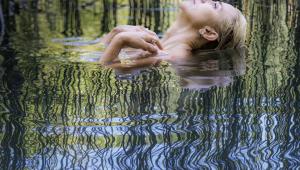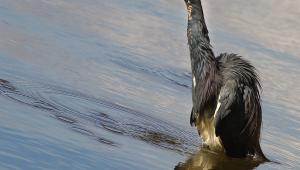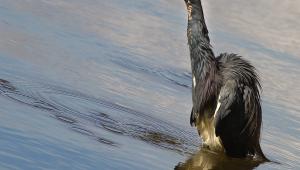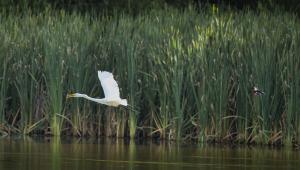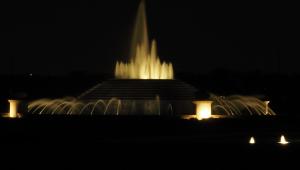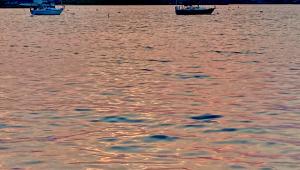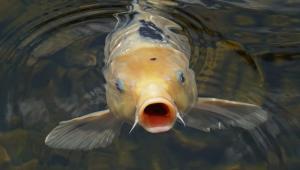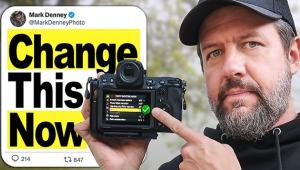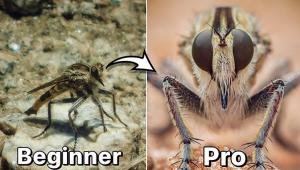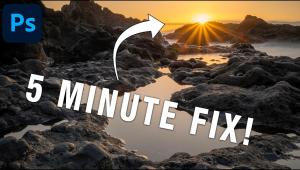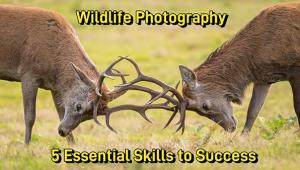Bryan F. Peterson
Professional photographer Bryan F. Peterson splits his time between Seattle, Washington, and Lyon, France. He recently revised two best-selling how-to books, Understanding Exposure and Learning to See Creatively. Peterson also teaches online photography courses at www.BetterPhoto.com. In our discussion, we explored how exposure, with film or digital photography, is a key element in photographic creativity.
 |
|
|
Jim Miotke: Bryan, your book, Understanding Exposure, is
a best seller and a favorite of photographers around the globe. What do you
attribute to its success?
Bryan F. Peterson: It's successful because it simplifies
a highly technical issue. I go out of my way to make these concepts easy to
grasp. Also, Understanding Exposure surprises some people with this basic truth:
the messenger may have changed but the message is the same. Whether you're
shooting film or digital, the same principles of aperture, speed, and ISO apply.
JM: A lot of people out there find exposure confusing. Do you
have a basic, bare-bones
definition of exposure?
BFP: Sure, the definition has not changed since Day One. Exposure
is a direct result of a volume of light allowed to stay on the film or sensor
for a duration of time. The components that determine this volume of light are
aperture, shutter speed, and ISO. Think of exposure as a kitchen faucet. The
diameter of the faucet determines how long you need to open this faucet to fill
the sink. The duration can be likened to your shutter speed while the size of
the faucet is your aperture. Understanding this takes you beyond "correct"
exposures to the world of "creatively correct" exposures.
 |
|
|
JM: "Correct" vs. "creatively correct"
exposure--what's the difference?
BFP: Getting a simply correct exposure is no longer a challenge.
Modern cameras make it pretty easy to get a proper exposure 90 percent of the
time. But to get the creatively correct exposure--that's a different
story. With a creatively correct exposure, you exercise the option of choosing
various combinations of apertures and speeds and your decisions produce vastly
different visual effects. You get different depth of field or a different sense
of action--conveyed either by freezing motion or letting it blur. With
aperture, for example, it's real simple--you have three aperture
choices, as far as I am concerned. You have deep depth of field (f/22), shallow
(f/2.8), and the one in the middle (f/8) where you don't really care about
depth of field.
It's like this...if you went to a publisher to write a short story,
you might deliver a four-page manuscript. Compare this to f/4. On the other
hand, if you want to get more in-depth and detailed, you might need to write
a 22-page manuscript. This would be like f/22. Relating apertures to writing
a story, clearly you can say a whole lot more about characters and cover more
ground. In the same way, an aperture of f/22 allows you to get a lot more details
into the picture.
On the other hand, if all you want to do is focus on Joe Blow, the taxi driver
sitting at the bar, you might only need four pages or f/4 with its shallow depth
of field. Neither option is necessarily more correct than the other. There are
times when you want to focus on a single character and there are times when
your goal is to put the character within the confines of his environment.
 |
|
|
JM: Would you say that aperture is the key element that determines
the difference between a simply "correct" exposure and a "creatively
correct" exposure?

